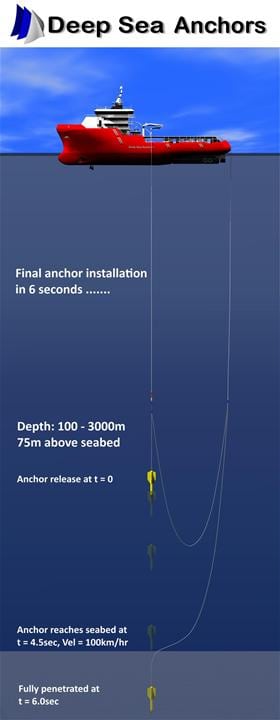For å gi de beste opplevelsene bruker vi teknologier som informasjonskapsler for å lagre og/eller få tilgang til enhetsinformasjon. Å samtykke til disse teknologiene vil tillate oss å behandle data som nettleseratferd eller unike ID-er på dette nettstedet. Å ikke samtykke eller trekke tilbake samtykke kan ha negativ innvirkning på visse funksjoner og funksjoner.
Den tekniske lagringen eller tilgangen er strengt nødvendig for det legitime formålet å muliggjøre bruk av en spesifikk tjeneste som abonnenten eller brukeren uttrykkelig har bedt om, eller for det eneste formålet å utføre overføring av en kommunikasjon over et elektronisk kommunikasjonsnettverk.
Lagring av data eller tilgang er nødvendig for å lagre preferanser som ikke er etterspurt av abonnenten eller brukeren.
Lagring av data eller tilgang benyttes kun til statistikk.
Lagring av data eller tilgang brukes utelukkende til anonyme statistiske formål. Uten en stevning, frivillig samtykke fra din internettleverandør eller en tredjepart, kan informasjon som er lagret eller hentet for dette formålet alene vanligvis ikke brukes til å identifisere deg.
Den tekniske lagringen eller tilgangen er nødvendig for å opprette brukerprofiler for å sende reklame, eller for å spore brukeren på et nettsted eller på tvers av flere nettsteder for lignende markedsføringsformål.
